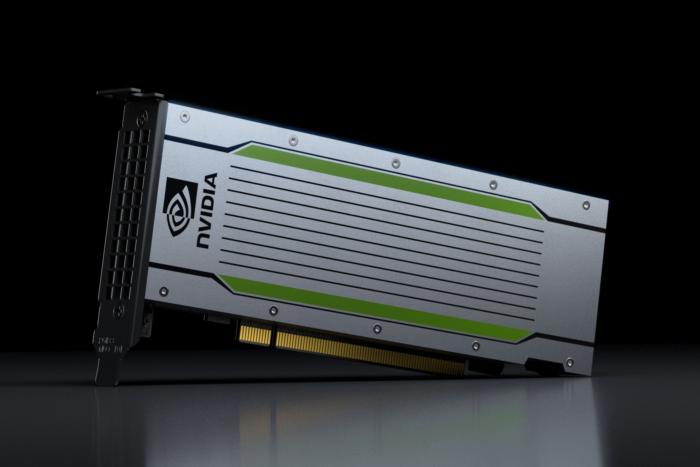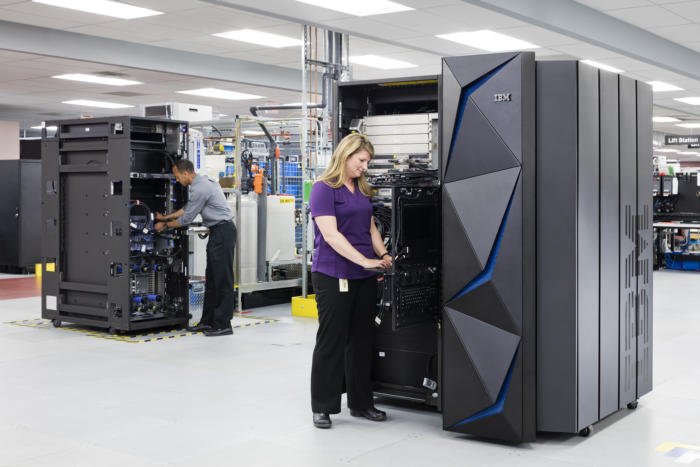GPUs are vulnerable to side-channel attacks
Computer scientists at the University of California at Riverside have found that GPUs are vulnerable to side-channel attacks, the same kinds of exploits that have impacted Intel and AMD CPUs.Two professors and two students, one a computer science doctoral student and a post-doctoral researcher, reverse-engineered a Nvidia GPU to demonstrate three attacks on both graphics and computational stacks, as well as across them. The researchers believe these are the first reported side-channel attacks on GPUs.[ Read also: What are the Meltdown and Spectre exploits? | Get regularly scheduled insights: Sign up for Network World newsletters ]
A side-channel attack is one where the attacker uses how a technology operates, in this case a GPU, rather than a bug or flaw in the code. It takes advantage of how the processor is designed and exploits it in ways the designers hadn’t thought of.To read this article in full, please click here READ MORE HERE…




